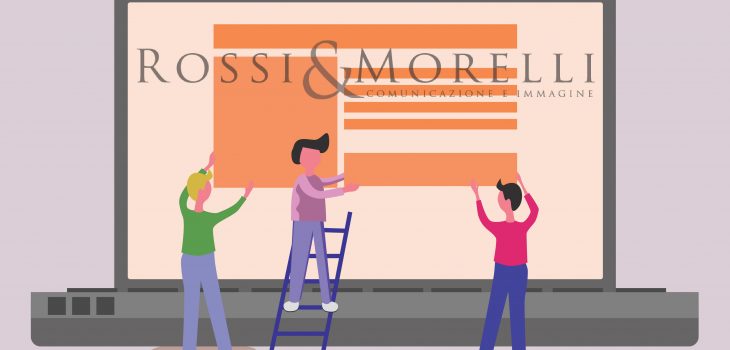User experience is one of the requirements from which to start to develop a digital interface based product for end users, whether it is a software, a website, an e-commerce or a specific tool for work processes automation. An error that often occurs during the product design phase is to focus on the usefulness of the product, leaving out its usability instead.
A product may theoretically be able to do something useful, but if the user is unable to use it due to an interface that is too complex or poorly designed, the potential of this product is lost.
When a user uses a digital product and interacts with its interface, he develops different mental models of how the interface elements work together, respecting the functions they perform. For example, where to click / tap on a specific component of a web form, how to interact with an App to update its information.
These mental processes are processed by the human brain in microseconds, but which can last longer if the interaction does not correspond to previous experiences. This imbalance pushes the user to increase his cognitive effort.
Being able to reach the pre-existing expectations of end-users who will interact with the digital interface of our product, is one of the main target of an UI-UX designer.
The design of an interface must start from the analysis of all elements defined by the software (operating system / platform; container, web or intranet), and those defined by the hardware (method of interaction; size and type of the screen), finally defined by the user (geographic region; type and speed of connection).
It is essential to identify a set of guidelines for the correct design of a user interface, through the mapping and description of all hardware platform components and the software container.
We work alongside companies, starting from their ideas to implement projects where the user experience become a measurable value.
By focusing on the user experience, we put the end-user at the center of the design process.
